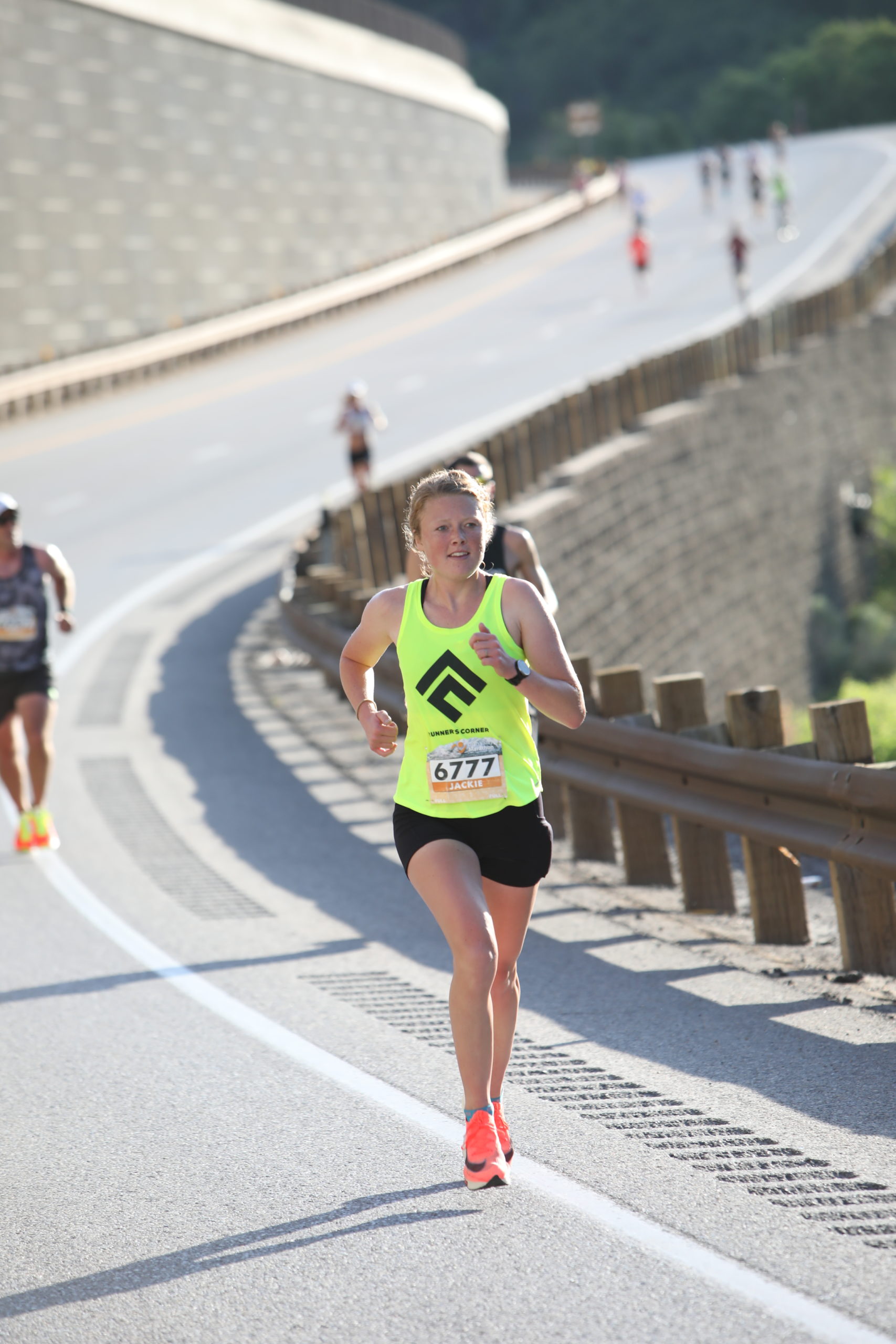Fueling While Training And Racing at Altitude

If you’re an endurance athlete, you are likely to encounter some kind of training or racing challenge with altitude at some point in your career. Whether you are doing a specific training “camp” at higher elevation or racing to the top of a mountain, there are a few specific nutritional considerations to keep in mind. I will be discussing how fueling while training and racing at altitude can be maximized to be most beneficial.
Defining “Altitude”
What is the definition of “altitude?” And at what point does the elevation affect your ability to perform? Here’s a quick guide on how most researchers classify varying levels of altitude.
- Sea level (0 to 500 m) or (0 to 1600 ft)
- Low altitude (500 to 2,000 m) or (1600 to 6500 ft)
- Moderate altitude (2,000 to 3,000 m) or (6500 to 9800 ft)
- High altitude (3,000 to 5,500 m) or (9800 to 18000 ft)
- Extreme altitude (>5,500 m) or (>18000 ft)
The basic concept to understand is that the higher you go, the more your nutrition will need to adjust to better meet your body’s needs. Here are the main points to pay attention to when fueling while training and racing at altitude:
Energy Requirements
It is not uncommon for researchers to find that athletes who have been training at an altitude camp for a number of weeks have increased energy requirements. Logically, this makes sense as the body is working a little harder to get the oxygen it needs than what is required at sea level. It is unclear, however, how much of this increased energy expenditure can be blamed on the altitude. Many times when athletes come to a training camp, they increase their training volume, intensity, or a little of both.
Whatever the case, if an athlete wants to get the main benefit of training at altitude, they need to be meeting their energy needs in order for their bodies to get the full adaptation possible. If an athlete is underfueling, their body will not be focused on the little bonuses (i.e. increased red blood cell production) that come with altitude training, and instead focus on maintaining simple body functions.
Carbohydrate Needs
Carbohydrate needs also increase in many athletes who train at altitude. Some of this is surely attributable to the change in training load during the camp, as with overall energy needs, but some can be explained by the increased effort required to perform at high and extremely high altitudes. For athletes competing in mountain events above 9,800 ft (3,000 m), increasing the amount of carbohydrate you consume per hour of activity would be an appropriate adjustment. General nutrition guidelines suggest upwards of 90-120g of carbohydrate per hour for ultra-events. Aiming to stay on the high end of that recommendation, or even increase slightly from that when competing at those high elevations would be helpful for an athlete to achieve optimal performance.
Iron Needs
One of the main adaptations athletes gain from training at altitude is increased red blood cell production (the more red blood cells you have, the more oxygen you have flowing through your body, which aids endurance performance). This happens as a response to the lower amounts of oxygen at higher elevations, and requires substantially higher iron supplies.
In order to get the maximal benefit of increased red blood cell production, athletes must have adequate amounts of iron to allow this process to happen. About 8-10 weeks before heading to a high altitude training camp, it’s recommended for athletes to get a baseline iron test. Based on that level, some research has shown it to be helpful to start taking 100-200 mg of supplemental iron daily leading up to altitude exposure, and continuing that supplementation throughout the stay.
Hydration/Fluid Needs
Athletes have higher fluid needs when training and racing at higher elevations. With less oxygen at altitude comes higher rates of breathing. This in turn leads to increased water loss from the air in your breath. Additionally, there is a diuretic effect while at altitude, making you pee more. Both of those effects combined explain the increase in water requirements.
The Institute for Altitude Medicine recommends visitors to altitude up their fluid intake by 1-1.5 liters (34-51 oz) per day. It is important for athletes to pay careful attention to their fluid needs and be aware that they will need a little more than usual. As a caution, it is important that dramatic increases in fluid are avoided in order to reduce risk of hyponatremia (a condition where you have too much water and too little electrolytes). If possible, doing a few test runs at altitude (prior to a race), and/or doing a sweat test at the altitude you will be competing or training at can give you a more accurate picture of how your personal fluid needs will change at higher elevations.
Oxidative Stress
Exercising at higher altitudes is associated with higher levels of oxidative stress. Further, our body’s systems to clear out stress are less efficient while at altitude. This may lead to delayed post-exercise recovery as well as decreased immunity. There isn’t enough evidence to suggest that an antioxidant supplement is helpful for athletes who train or race at higher elevations. This is also true at low to moderate altitudes. However, including antioxidant-rich foods into an athlete’s daily eating routine can’t hurt. Foods rich in vitamin C and vitamin E are helpful foods to focus on. Pairing foods rich in vitamin C with the iron supplement will help improve iron absorption levels as well. Some examples of foods to include are: orange juice, sweet potatoes, bell peppers, kiwi, berries, etc.
Conclusion
If you’re planning to train or race at altitude, it is important to be aware of your nutrition in order to get the maximum training benefit. Fueling while training & racing at altitude means meeting your energy needs to start. Focus on getting enough carbohydrates, increasing your fluid intake, and supplementing with iron and vitamin C.
References
- Stellingwerff, T., Peeling, P., Garvican-Lewis, L.A. et al. Nutrition and Altitude: Strategies to Enhance Adaptation, Improve Performance and Maintain Health: A Narrative Review. Sports Med 49 (Suppl 2), 169–184 (2019). https://doi.org/10.1007/s40279-019-01159-w
- Muckenthaler M., Mairbaurl H., Gassman M. Iron Metabolism in High-Altitude Residents. Journal of Applied Physiology. 129:4, 920-925 (2020).
- Blow, A. Does altitude cause you to dehydrate faster? Precision Fuel & Hydration. https://www.precisionhydration.com/performance-advice/hydration/does-altitude-cause-you-to-dehydrate-faster/. Accessed November 21, 2023.
- Wang, S., Gao, J., Zhao, J. Effects of high altitude on renal physiology and kidney diseases. Front Physiol. 13. (2022).
ADVERTISEMENT

Jackie Hendrickson RD, MPH is a registered dietitian with a Masters Degree in public health nutrition from Utah State University. Jackie is the owner of Enduura Nutrition and loves coaching her athletes to their athletic potential through sustainable training & nutrition principles. She is an avid road & trail marathoner with a background in collegiate track, cross country, and competitive swimming. Jackie and her husband, Adam, were teammates in college and continue to pursue their running goals together. They live in beautiful Ogden, Utah with their 2 year old son, Lincoln.









